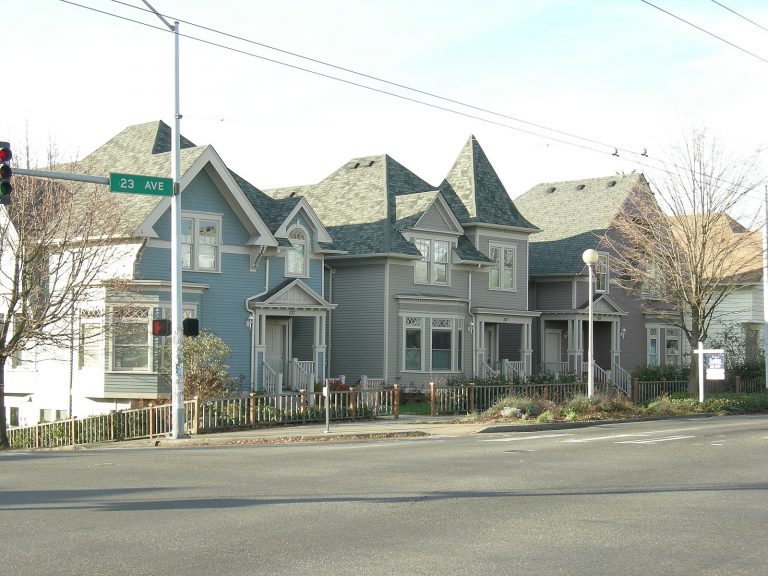Published on February 7, 2023

Last year, the Biden administration laid out a goal to reduce homelessness by 25 percent by 2025. The problem increasingly animates local politics, with ambitious programs to build affordable housing getting opposition from homeowners who say they want encampments gone but for the solution to be far from their communities. Across the country, homelessness is a subject in which declarations of urgency outweigh measurable progress.
There is one factor — the high cost of housing and difficulty of finding anything affordable — that rises above the rest. The numbers bear this out, explaining why expensive West Coast cities like Los Angeles have long had the nation’s worst homeless problems, why growing cities like Phoenix are now seeing a troubling rise, and why it is seemingly easier to solve homelessness in places like Rockford, Ill., a once-thriving factory town that has lost a lot of jobs but where housing remains cheap.
“Housing has become a competition for a scarce resource, and when you have that the people who are most vulnerable are going to lose,” Gregg Colburn, professor of real estate and a co-author of “Homelessness Is a Housing Problem,” said in an interview.
Continue reading at the New York Times.
Originally written by the New York Times staff.